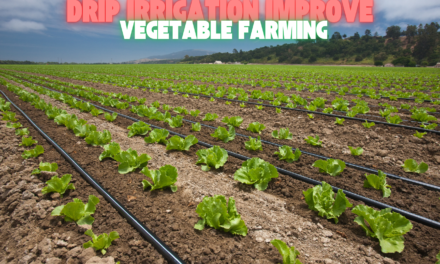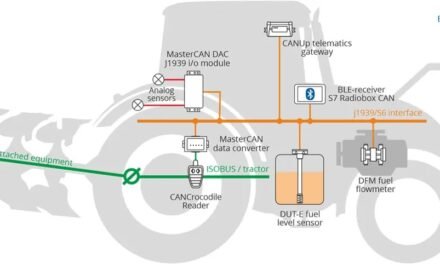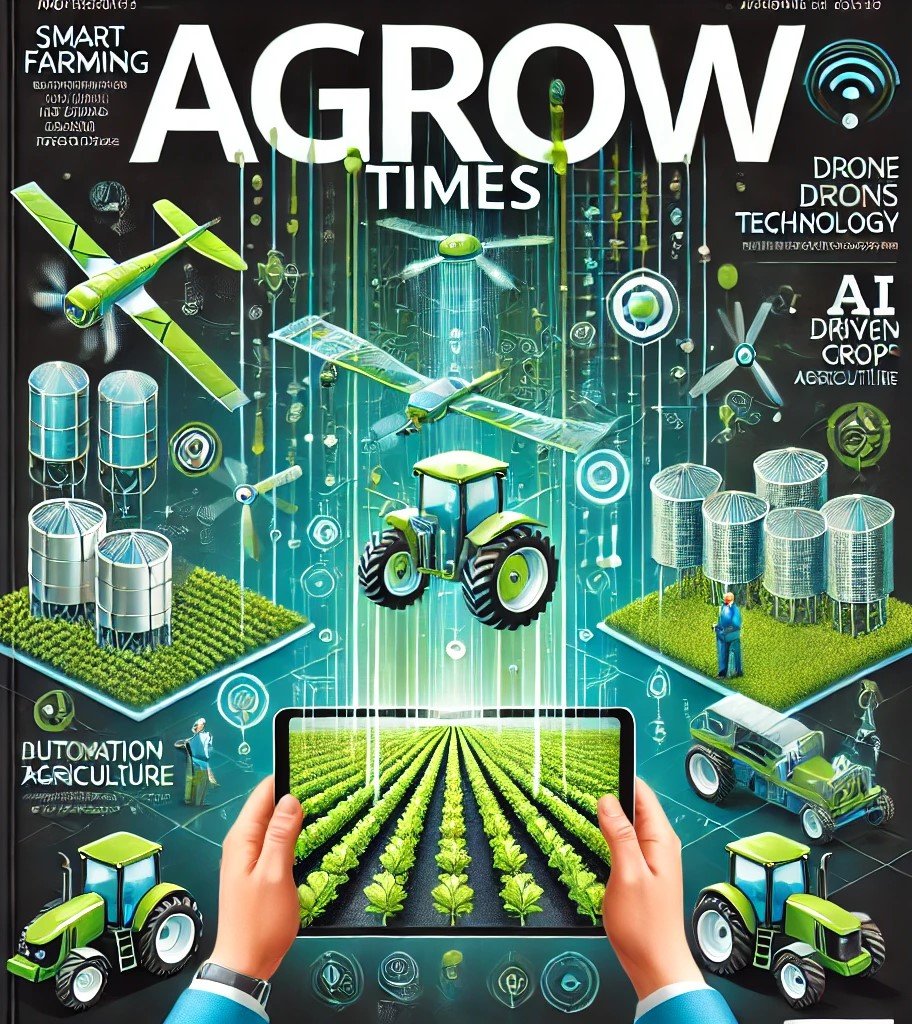Minimizing fertilizer wastage is crucial for farmers to reduce costs, increase crop yields, and minimize environmental impacts such as soil degradation and water contamination. Here are strategies farmers can implement:
1. Use Precision Agriculture
- Soil Testing: Regularly test soil to determine nutrient levels and identify deficiencies, ensuring fertilizer is applied only where needed.
- Variable Rate Technology (VRT): Use machinery equipped with GPS and sensors to apply fertilizers at variable rates based on specific field needs.
- Precision Placement: Place fertilizers directly near the plant roots using tools like strip-till or banding equipment to enhance efficiency.
2. Choose the Right Fertilizer
- Balanced Fertilizers: Select fertilizers that match the crop’s specific nutrient requirements (e.g., NPK ratios).
- Slow-Release Fertilizers: Use controlled-release or stabilized fertilizers to ensure nutrients are available to plants over time, reducing leaching or volatilization.
- Organic Fertilizers: Consider compost, manure, or biofertilizers, which release nutrients gradually and improve soil health.
3. Optimize Application Timing
- Apply When Needed: Apply fertilizers during key growth stages when crops can efficiently absorb nutrients (e.g., during planting or active growth phases).
- Avoid Rainy Periods: Avoid fertilizing before heavy rains to prevent runoff and leaching.
- Split Applications: Divide fertilizer applications into multiple smaller doses rather than a single large application to match plant uptake rates.
4. Adopt Efficient Application Methods
- Drip Fertigation: Deliver water-soluble fertilizers directly to the root zone via drip irrigation systems, minimizing wastage.
- Banding: Place fertilizer in bands near the seed or roots to ensure direct availability.
- Foliar Feeding: Spray fertilizers directly onto leaves for quick nutrient absorption during critical growth stages.
5. Incorporate Fertilizer into Soil
- Reduce Surface Loss: Incorporate fertilizers into the soil using tillage or by applying them below the surface to reduce loss through runoff or volatilization.
- Use Cover Crops: Plant cover crops to absorb excess nutrients and prevent leaching during off-seasons.
6. Leverage Technology
- Drones and Sensors: Use drones or ground-based sensors to monitor crop health and detect nutrient deficiencies before applying fertilizers.
- Smart Fertilizer Systems: Integrate IoT-enabled systems to automate and monitor fertilizer distribution with real-time adjustments.
7. Prevent Fertilizer Drift and Runoff
- Wind and Weather Awareness: Avoid spreading fertilizers during high winds or heavy rains that can cause drift or runoff.
- Buffer Strips: Plant grass or vegetation along field edges to trap excess nutrients and prevent them from entering water bodies.
- Contour Farming: Use contour plowing and terracing to reduce surface runoff and soil erosion.
8. Educate and Train
- Farmer Training: Stay updated on the latest fertilizer application methods and best practices through workshops or extension services.
- Local Recommendations: Follow guidelines provided by agricultural experts or local authorities tailored to regional soil and crop conditions.
9. Improve Storage and Handling
- Proper Storage: Store fertilizers in a cool, dry place to prevent spoilage or nutrient degradation.
- Accurate Measurement: Use calibrated equipment to measure and apply the exact amount of fertilizer needed.
10. Use Additives and Enhancers
- Nitrification Inhibitors: Slow down the conversion of ammonium to nitrate, reducing nitrogen loss through leaching or volatilization.
- Urease Inhibitors: Minimize ammonia volatilization when using urea-based fertilizers.
- Micronutrient Coatings: Coated fertilizers release nutrients more efficiently.
By implementing these practices, farmers can significantly reduce fertilizer wastage, save costs, and enhance environmental sustainability while ensuring optimal crop productivity.









